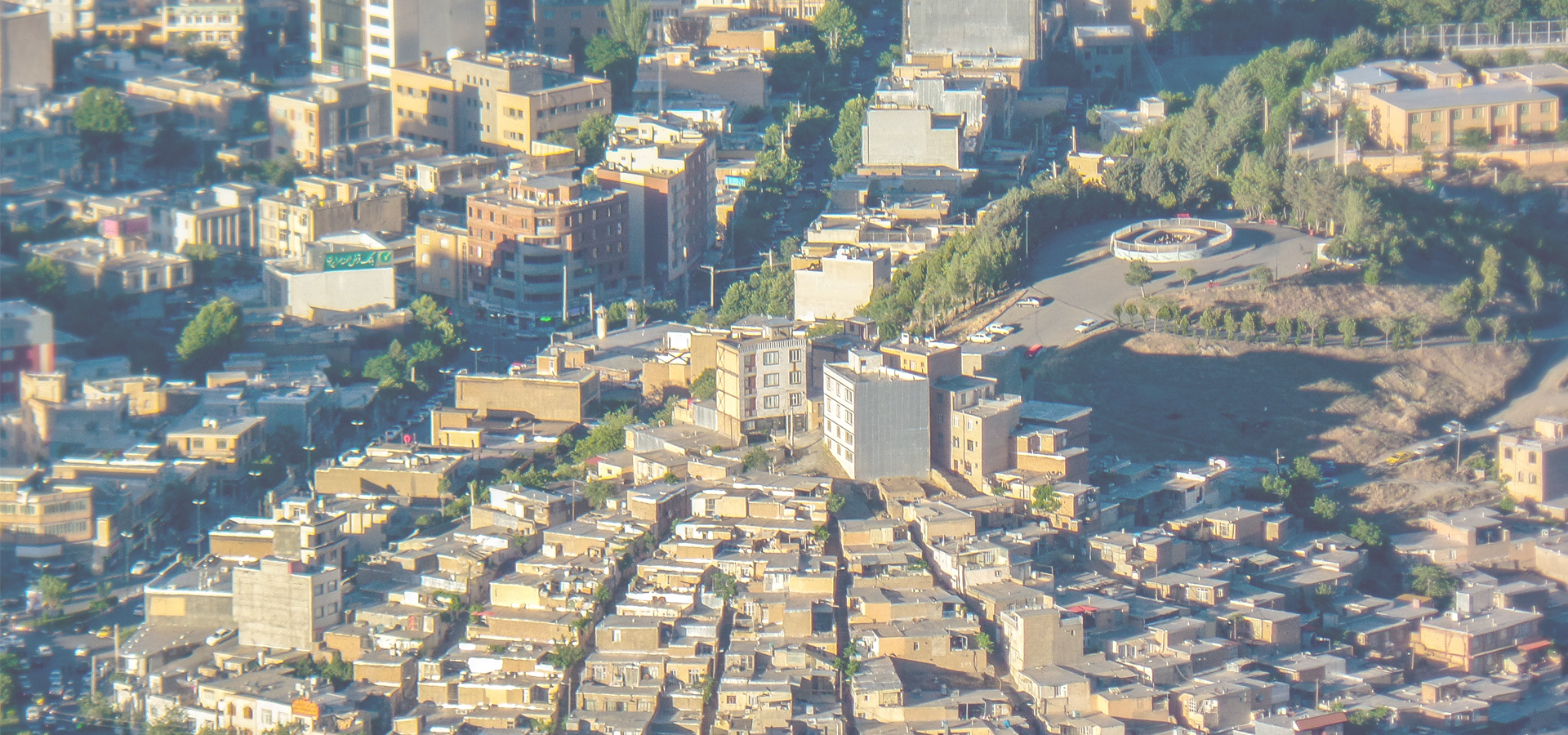Bijar, Kurdistan Province, Iran
🇮🇷 Bijar is a city and capital of Bijar County, Kurdistan Province, Iran.
With an elevation of 1,940 metres, Bijar has been called the Roof of Iran.
The city is predominantly populated by Kurds who speak Southern Kurdish, while a significant minority speak Sorani.
The city was mentioned in the 15th century as a village belonging to Shah Ismail, the first ruler of the Safavid dynasty; Bijar became a town during the 19th century. During World War I it was besieged and occupied by Russian, British, and Ottoman troops who, with the aid of the 1918 famine, halved the pre-war population of 20,000.
Architecture The historical fort of Qam Cheqay (45 km NE of Bijar) probably dates back to the Median era and is the oldest castle in the Kurdistan province. The castle had been used until the Sasanid era and it is an example of the ancient architecture of Kurdistan.
Another historical building, Emamzadeh Aqil, located in Hasan Abad (Yasukand) 45 km east of Bijar, is one of the remaining Seljuk buildings. This square building with a collapsed dome houses Islamic religious texts written in Kufic script.
During the Mongol invasion of Iran in the 13th century, Genghis Khan (1162–1227) occupied Bijar and built Genghis Castle near the city. It is now a ruin on the Bijar—Sanandaj road.
Bijar's bazaar, with its unique design, is one of the attractions of the city. The roofed bazaar built in the Qajar era is much younger than the old Safavid-era bazaar of Sanandaj, the Kurdistan capital. The bazaar of Bijar consists of a main north–south roofed pathway, an eastern section (Timcheh-e Haj Shahbaz) and a western section (Timcheh-e Amir Toman).
Rugs Bijar has enjoyed fame for its carpets since the Achaemenid era (550–330 BCE). Present day carpets and rugs have 100–200 Turkish knots per inch and are distinguished by their stiff and heavy wool foundation, created by "wet weaving" and beating the threads together with a special metal tool. Bijar carpets are famously stronger and longer-lasting than any others. They are made by Kurdish women in the villages around the town. The loom is set vertically against the side of the house. The designs have strong clear colours and have never been out of fashion with overseas buyers. Nowadays dyes are high quality synthetics.
The motifs are mainly floral adaptations of classical Persian designs. Herati and boteh motifs are common, as are central medallions and sometimes representations of animals and willows. These are set against a dark background of blue, red or green. In relation to the size of the carpet, borders are small, with up to eight bands.
Asia/Tehran/Ostan-e_Kordestan

Bijar has a population of over 47,926 people. Bijar also forms the centre of the wider Bijar County which has a population of over 95,461 people.
To set up a UBI Lab for Bijar see: https://www.ubilabnetwork.org Twitter: https://twitter.com/UBILabNetwork
🇷🇺 Yoshkar-Ola 47.898
🇰🇼 Kuwait City 47.983
🇲🇬 Antananarivo 47.517
🇷🇺 Novocheboksarsk 47.493
🇷🇺 Makhachkala 47.472
🇲🇬 Antanifotsy 47.324
🇷🇺 Cheboksary 47.247
🇲🇬 Fianarantsoa 47.078
🇮🇷 Kermanshah 47.05
Locations Near: Bijar 47.6,35.8667
🇮🇷 Zanjan 48.483,36.667 d: 119.1
🇮🇷 Hamadan 48.515,34.797 d: 145
🇮🇷 Kermanshah 47.05,34.3 d: 181.3
🇮🇷 Dowlatābād 48.817,34.283 d: 208
🇮🇷 Malayer 48.817,34.283 d: 208
🇮🇷 Maragheh 46.233,37.383 d: 208.1
🇮🇷 Bonāb 46.05,37.333 d: 213.9
🇮🇶 Sulaymaniyah 45.387,35.567 d: 202.6
Antipodal to: Bijar -132.4,-35.867
🇵🇫 Papeete -149.566,-17.537 d: 17366.8
🇦🇸 Pago Pago -170.701,-14.279 d: 15515.8
🇼🇸 Apia -171.76,-13.833 d: 15395.9
🇹🇴 Nuku'alofa -175.216,-21.136 d: 15564.1
🇨🇱 Valdivia -73.233,-39.8 d: 14895.6
🇨🇱 San Pedro de la Paz -73.1,-36.833 d: 14792.3
🇨🇱 Concepción -73.05,-36.817 d: 14787.5
🇨🇱 Chiguayante -73.017,-36.917 d: 14788.1
🇨🇱 Port Montt -72.933,-41.467 d: 14916.3
🇨🇱 Puerto Montt -72.933,-41.467 d: 14916.3